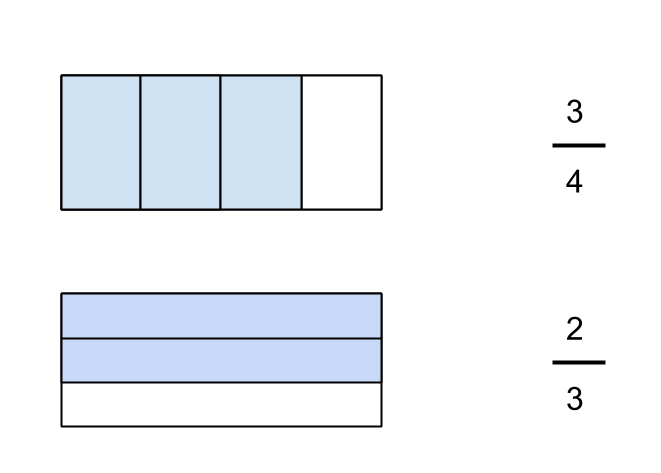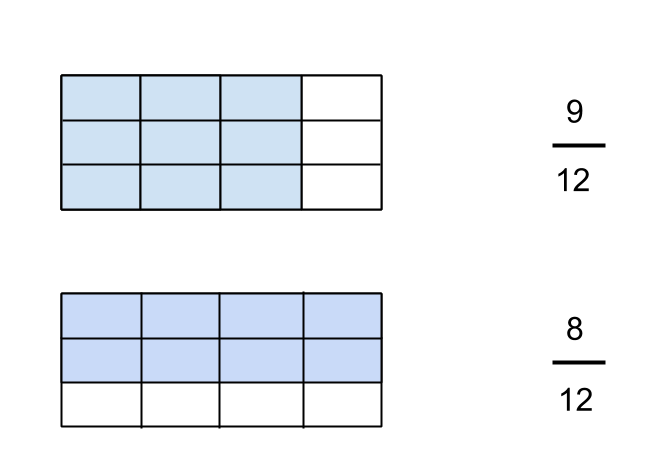I recently read an essay published by the Carnegie Foundation for the Advancement of Teaching called “Getting Ideas into Action: Building Networked Improvement Communities in Education.” The basic argument of the essay is that while traditional research can be effective for finding out what works in specific circumstances, it frequently is too far away from practice to be useful in an educational setting, but that many of the ideas of research can be applied in practical ways through the creation of networked improvement communities (NIC) which use the design cycle to study and solve shared problems of practice. This to me does not say that research is useless, as it can inform this process, only that research as a tool for improvement is insufficient.
After reading the article, I thought to myself, in what ways is our online community of math teachers like or unlike a network improvement community? A clear and extremely important difference is that as a community we have no central objective. We also do not have many obvious structures which lead to sustained improvement and accountability back to the community. However, we do have a community of people who are all obviously interested in improving our own individual practice; quite simply it would otherwise not be worth the effort we put into our online participation.
Here’s a proposal. Let’s form some small groups of math educators (or alternatively, educators of math educators) who carefully study our practice together and think about improvements, using a process I learned about here at New Visions called Inquiry. This process is detailed in a book called Strategic Inquiry by Panero and Talbert (reading this book could be a useful starting place). We would meet once every couple of weeks (using a Google+ hangout, I guess unless there is alternate technology out there that is better) and take turns presenting on our work, and asking for feedback from the group. This will allow these small groups to collaborate around our teaching, our students, and mathematics, which Ilana Horn describes as among the most effective learning experiences for math teachers.
Anyone interested in participating?





